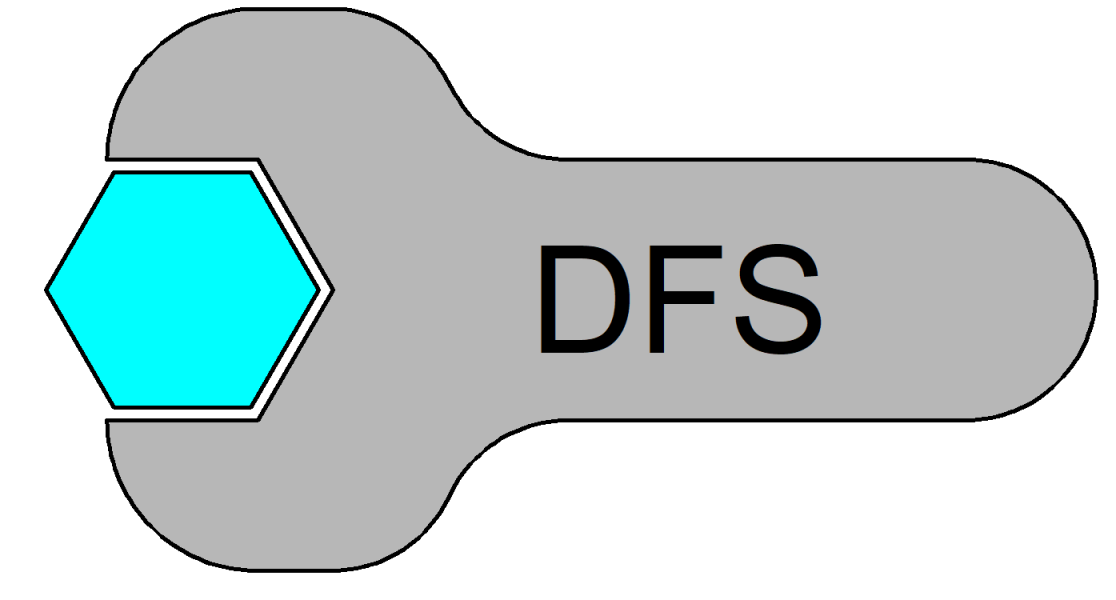Design methodologies are systematic approaches to the design process that help ensure that products are developed efficiently and effectively. These methodologies provide a structured framework for engineers to follow when designing products, and they can help to ensure that products meet specific requirements, such as performance, cost, manufacturability, and reliability.
There are several design methodologies that engineers can use, including Design for Manufacturing (DFM), Design for Assembly (DFA), Design for Reliability (DFR), Design for Serviceability (DFS), and Design for Cost (DFC).
Design for Serviceability (DFS) is a design methodology that focuses on designing products that are easy to maintain, repair, and service throughout their lifecycle. The goal of DFS is to reduce the downtime and costs associated with servicing and maintaining products by making it easier for technicians and users to access and replace components. DFS can involve a variety of design considerations, such as modular design, standardization of parts, labeling and identification of components, and access to service areas. By incorporating DFS principles into product design, manufacturers can improve the overall quality and reliability of their products, and enhance customer satisfaction by reducing service and repair times.
Design for Manufacturing
DFM involves designing products with the manufacturing process in mind, to reduce manufacturing costs and improve product quality. This includes selecting materials and processes that are easy to work with, minimizing the number of parts, and optimizing part designs for efficient manufacturing.
Design for Assembly
DFA involves designing products that are easy to assemble, to reduce assembly costs and improve product quality. This includes minimizing the number of parts, designing parts that are easy to handle and fit together, and using standardized parts and fasteners to simplify assembly.
Design for Reliability
DFR involves designing products that are reliable and durable, to reduce warranty and repair costs and improve customer satisfaction. This includes designing products with redundant components, using materials and processes that are known to be reliable, and performing reliability testing during the design process.
Design for Serviceability

DFS is a design methodology that focuses on designing products that are easy to maintain, repair, and service throughout their lifecycle. The goal of DFS is to reduce the downtime and costs associated with servicing and maintaining products by making it easier for technicians and users to access and replace components. DFS can involve a variety of design considerations, such as modular design, standardization of parts, labeling and identification of components, and access to service areas. By incorporating DFS principles into product design, manufacturers can improve the overall quality and reliability of their products, and enhance customer satisfaction by reducing service and repair times.
Design for Cost
Cost is nearly always a major constraint in the design process. DFC involves designing products that are cost-effective, to improve profitability and competitiveness. This includes designing products with materials and processes that are cost-effective, optimizing part designs to minimize material waste, and designing products that are easy to manufacture and assemble.
By incorporating these design methodologies into the product development process, engineers can design products that meet specific requirements and are efficient to manufacture, assemble, and maintain.
